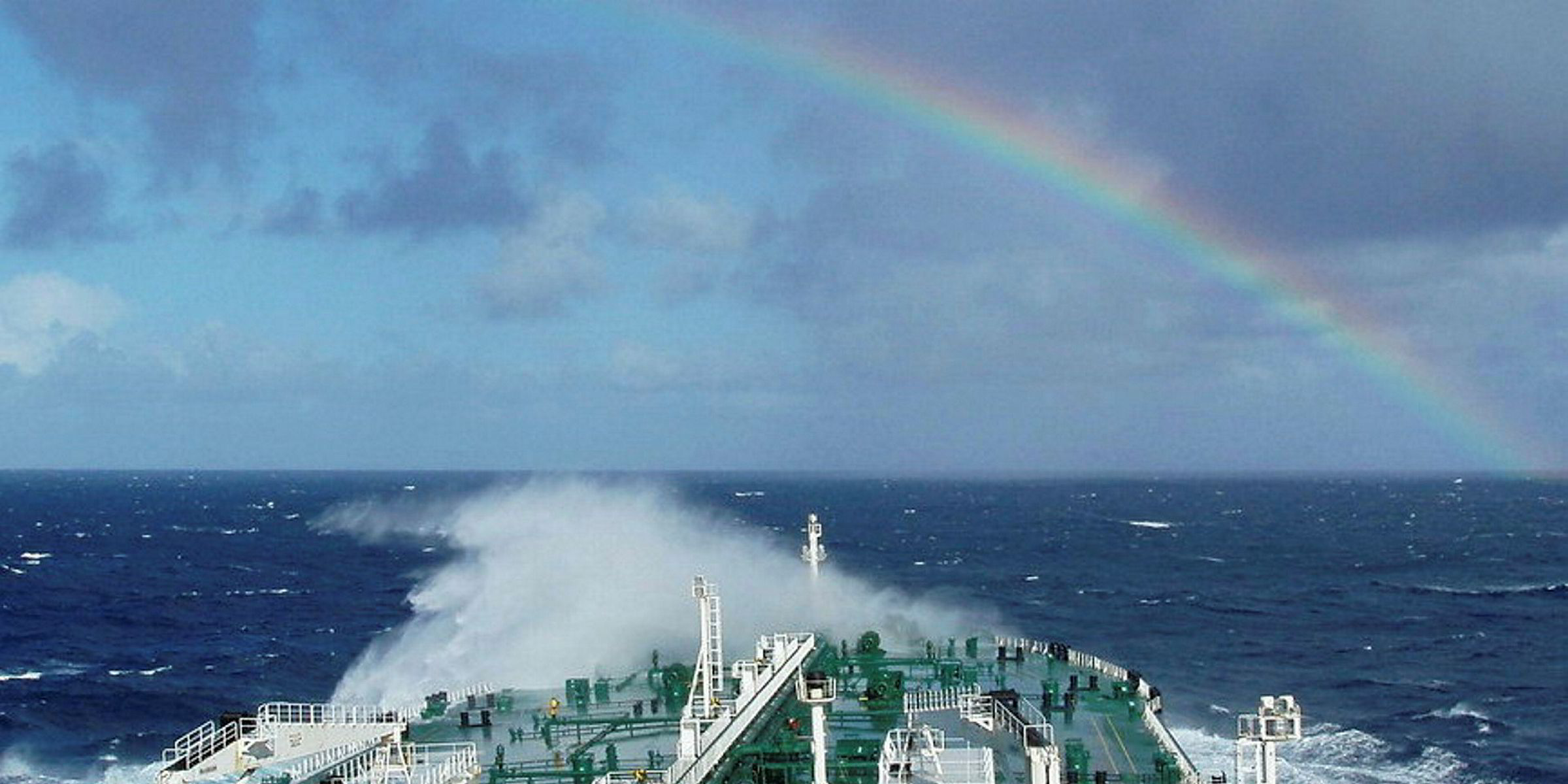Rates for large tankers have stalled in the past week following a period of unexpected hikes that has confused and surprised industry players.
As the November cargo stems emerged during the past week, brokers said around 25 VLCCs had been fixed for liftings during the first 10 days of November. But 60 vessels remain open for the 20 cargoes that are expected.
They peg charter rates for modern VLCC tonnage at around Worsdscale (WS) 70 — equivalent to around $35,600 per day — for shipments from the Persian Gulf heading East, with the gap widening to WS60 for older vessels fixed for similar voyages.
“It’s not big money but it represents break-even for most owners with a diversified fleet,” one shipbroker says, adding that sentiment “remains high” among VLCC owners.
He and others suggest that these levels are likely to hold relatively steady, possibly tipping up prior to the US Thanksgiving holiday period later in November after which, seasonally, they come off before strengthening again towards the Christmas holidays.
These seasoned market watchers admit they are forecasting largely on the traditional patterns seen for large crude tankers during what are the normally busier periods in the third and fourth quarters of the year.
But the VLCC sector has been anything but predictable over the past few weeks.
Earlier forecasts had predicted a rough ride for VLCCs in the second half of 2017, after rates plummeted to levels below operating expenses (opex) mid-year. The sector is seen as over-tonnaged, with a slew of modern ships remaining to be delivered during 2018 and scrapping of old vessels proving slow.
But from the end of September, rates began to rise more steeply — albeit from very low levels — than would normally have been expected for this time of the year.
Amid the current flurry of winter fixing activity on deepsea tanker desks, brokers and vessel operators have been taking stock of what has been going on in the market.
They point to Chinese charterer Unipec — it fixes around 500 VLCCs per year, catapulting it into the top charterer slot ahead of India's Reliance Industries and PetroChina — as paying up to take a number of modern spot vessels in preference to older ships.
In particular, Unipec is highlighted as fixing several vessels quickly for West Africa loadings and concentrating recent chartering activity into a particularly short period.
Some in the large tanker sector say that, from the fourth quarter, Unipec has imposed a 15-year age limit on the VLCCs it is prepared to take on charter and, while this is “not carved in stone”, the company is definitely showing a leaning towards modern vessels.
Charterers S-Oil and GS Caltex have also been singled out as taking modern tonnage, when they would normally plump for older vessels. But brokers say a number of problems on previously fixed ships may have prompted these two charterers to take a more conservative approach.
Other tanker operators highlight the change in trading patterns for VLCCs, which is increasing the tonne-mile equation.
They say ships are ballasting into the US Gulf and Caribbean region to lift cargoes for eastern discharge in China and India, taking vessels off the market for longer periods.
The growth in crude exports from the US is compounding the situation as it has led to a deficit of VLCCs going into the region as less cargoes are being shipped in from the Middle East.
Most VLCC market observers agree that China and its rising appetite for crude imports is now a massive driver for the fortunes of this sector.
Brokers point to Unipec’s activity on the paper trades as another possible factor in the recent rate rises.
Charterers such as Unipec and compatriot PetroChina are also reported to have taken up crude import quotas allocated to but unused by China’s so-called "teapot" refiners.
Despite the talk of new age restrictions on tonnage, increasing tonne-miles and Chinese demand, old-hand VLCC brokers appeared unmoved by the recent rate rises.
One describes the availability of tonnage as “ample” and says charterers have been more measured in the past week in how they introduce their cargo programmes. It is largely the pace of the market over a relatively short space of time that is ramping up current sentiment and encouraging a bullish attitude among owners.
“People don’t necessarily do things that the fundamentals dictate," he says. “To make progress we will need a boost in demand and the jury is out on whether that will happen.”




